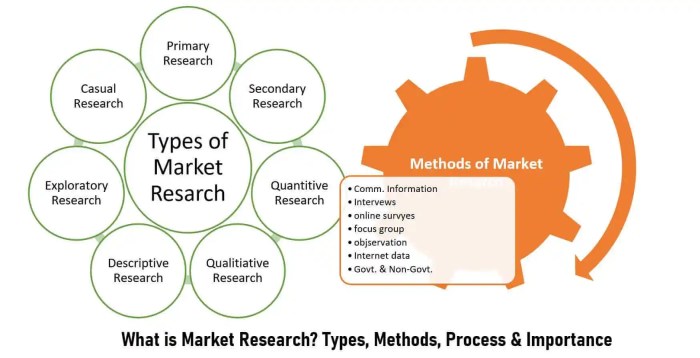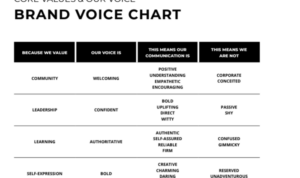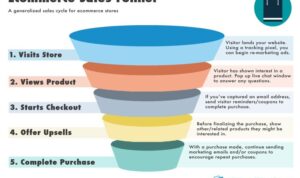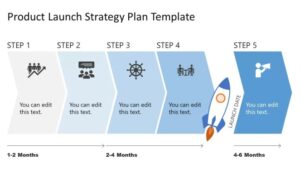Market Research Techniques takes center stage as we dive into the world of business decision-making and innovation, shedding light on how companies connect with their target audience through strategic research methods.
Get ready to explore the realm of qualitative and quantitative research techniques, data collection methods, and the use of online tools to revolutionize market research practices.
Overview of Market Research Techniques
Market research techniques play a crucial role in helping businesses make informed decisions. By gathering and analyzing data, companies can better understand their target audience, competitors, and market trends. This information is essential for developing effective marketing strategies, launching successful products, and staying ahead in a competitive market.
Importance of Market Research Techniques
Market research techniques help companies identify the needs and preferences of their target audience. By conducting surveys, focus groups, and data analysis, businesses can gain insights into consumer behavior, purchasing patterns, and market trends. This valuable information allows companies to tailor their products and services to meet the demands of their customers, ultimately leading to increased sales and customer satisfaction.
Role in Product Development and Innovation
Market research techniques are instrumental in product development and innovation. By gathering feedback from consumers, businesses can identify areas for improvement, new product ideas, and emerging trends. This information enables companies to create products that meet the needs and preferences of their target audience, leading to successful product launches and increased market share.
Qualitative Research Methods

Qualitative research methods are essential in market research to gain deeper insights into consumer behavior, preferences, and attitudes. Unlike quantitative methods, qualitative techniques focus on understanding the meanings and motivations behind consumer actions.
Focus Groups vs. In-Depth Interviews
Focus groups involve a small group of participants discussing a specific topic or product under the guidance of a moderator. This method allows for interaction among participants, leading to rich insights and diverse perspectives. In contrast, in-depth interviews involve one-on-one conversations between a researcher and a participant to delve deeply into their thoughts, experiences, and opinions. While focus groups are great for generating group dynamics and consensus, in-depth interviews provide in-depth, personal insights.
Observational Research
Observational research involves observing and recording consumer behavior in real-life settings without direct interaction. Researchers can gather valuable insights by observing how consumers shop, interact with products, or make decisions. This method is significant in understanding consumer behavior as it provides authentic and unbiased data on actual consumer actions.
Quantitative Research Methods
Quantitative research methods involve the collection and analysis of numerical data to understand trends, patterns, and relationships in market research.
Surveys and Questionnaires, Market Research Techniques
Surveys and questionnaires are common tools used in quantitative market research to gather data from a large sample of respondents. These methods involve asking structured questions to collect quantitative data that can be analyzed statistically.
- Surveys are typically conducted through online forms, phone interviews, or in-person interactions to gather data on consumer preferences, behaviors, and opinions.
- Questionnaires are often used to collect data on a specific topic or to measure customer satisfaction, brand awareness, or market trends.
Significance of Statistical Analysis
Statistical analysis plays a crucial role in quantitative research techniques by helping researchers make sense of the collected data and draw meaningful conclusions.
- Statistical tests such as regression analysis, correlation analysis, and hypothesis testing are used to identify patterns, relationships, and trends in the data.
- By analyzing the data statistically, researchers can make informed decisions, predict future outcomes, and validate research findings.
Experiments as Quantitative Research Methods
Experiments are another method used in quantitative market research to test hypotheses, measure the impact of variables, and determine cause-and-effect relationships.
- Researchers design experiments to control variables, manipulate conditions, and observe the outcomes to gather quantitative data.
- Examples of experiments in market research include A/B testing, product testing, and pricing experiments to understand consumer behavior and preferences.
Data Collection Techniques

Data collection is a crucial step in market research that involves gathering information and data from various sources to analyze and draw insights. It helps businesses make informed decisions based on consumer behavior, market trends, and competitor analysis.
Primary Data Collection Methods: Surveys and Interviews
Primary data collection methods involve gathering data directly from the source. Surveys and interviews are common techniques used to collect primary data in market research.
- Surveys: Surveys are structured questionnaires designed to gather specific information from a target audience. They can be conducted online, over the phone, or in person. Surveys help businesses understand customer preferences, buying behavior, and satisfaction levels.
- Interviews: Interviews involve direct conversations with individuals or focus groups to gather in-depth insights. They can provide qualitative data on customer opinions, perceptions, and experiences.
Secondary Data Collection Methods: Data Mining and Literature Reviews
Secondary data collection methods involve using existing data sources to gather information relevant to the research objectives.
- Data Mining: Data mining involves analyzing large datasets to identify patterns, trends, and relationships. Businesses can use data mining techniques to uncover valuable insights from sources such as sales records, social media data, and website analytics.
- Literature Reviews: Literature reviews involve analyzing existing research studies, reports, and articles related to the research topic. They help businesses understand the current state of knowledge in the industry and identify gaps for further investigation.
Online Research Tools
Online research tools play a crucial role in market research, providing valuable insights into consumer behavior, market trends, and competitor analysis. Let’s explore some popular online tools used for market research, along with their advantages and disadvantages.
Popular Online Tools
- Google Trends: This tool allows you to track the popularity of search queries over time, helping you identify emerging trends and consumer interests.
- Social Mention: Social Mention is a social media search engine that aggregates user-generated content from across the web, providing real-time insights into what people are saying about your brand or industry.
- SurveyMonkey: SurveyMonkey is a popular online survey platform that allows you to create and distribute surveys to gather feedback from your target audience.
Advantages and Disadvantages
- Advantages:
- Cost-effective: Online research tools are often more affordable than traditional market research methods.
- Quick data collection: With online tools, you can gather data rapidly and analyze it in real-time.
- Global reach: Online tools allow you to reach a diverse audience from different geographical locations.
- Disadvantages:
- Potential bias: Online research tools may have sample bias, as they rely on internet users who may not be representative of the entire population.
- Data security concerns: There are risks associated with storing sensitive data online, such as privacy breaches or data leaks.
- Lack of personalization: Online tools may lack the personal touch and in-depth insights that traditional research methods provide.
Social Media Listening Tools in Market Research
Social media listening tools, such as Brandwatch and Hootsuite, enable companies to monitor social media conversations about their brand, products, and industry. These tools analyze social media mentions, sentiment, and trends, providing valuable insights for market research purposes.





